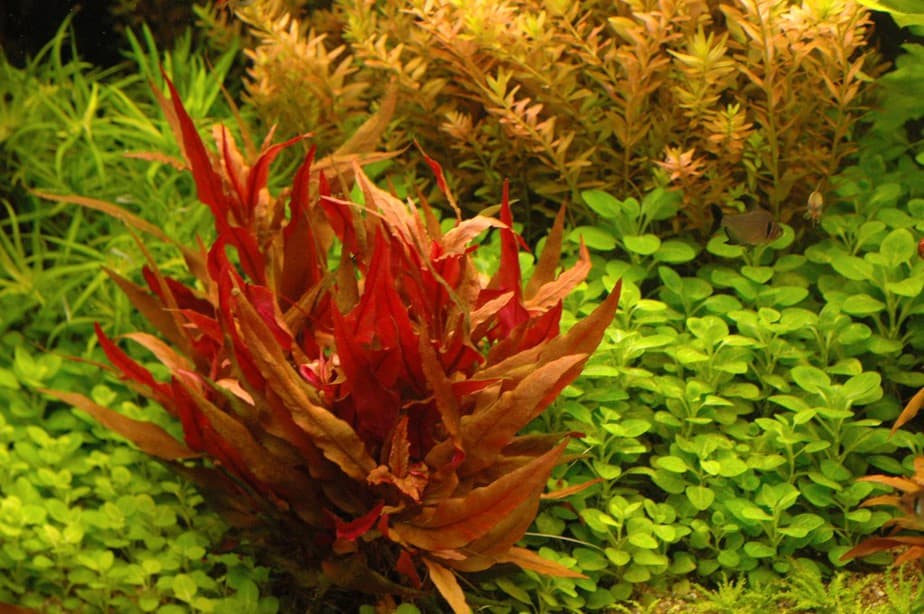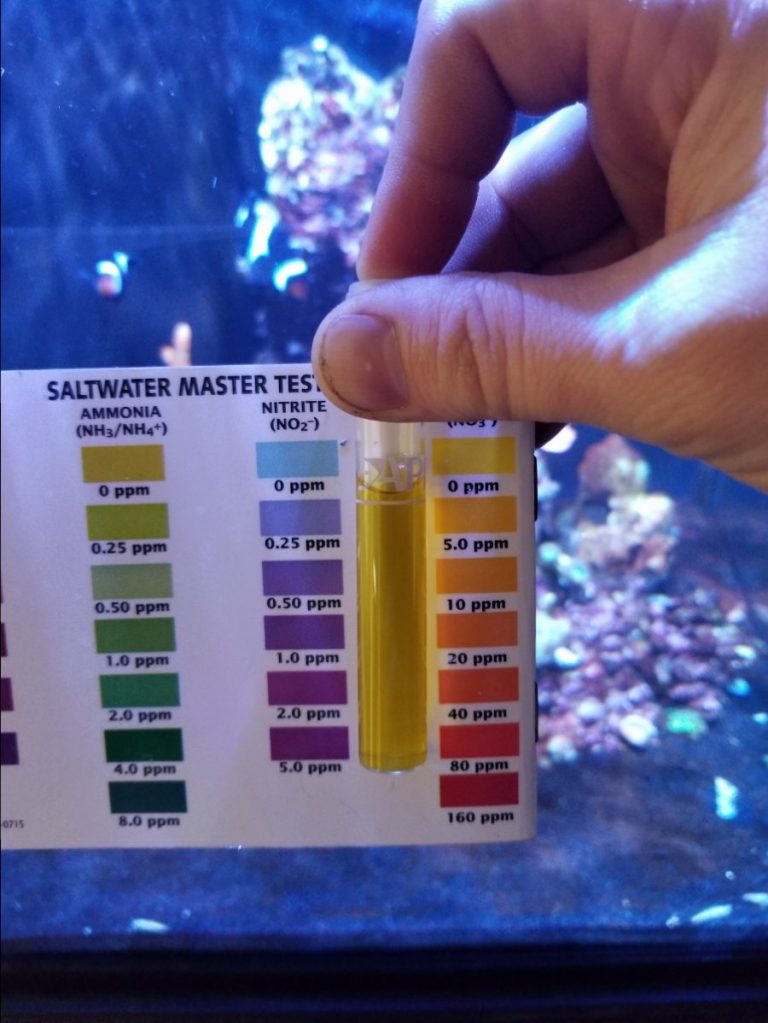Is Red Light Good For Aquarium Plants
Is Red Light Good for Aquarium Plants?
If you’re an aquarium enthusiast, you know how important it is to provide the right conditions for your aquatic plants to thrive. Lighting plays a crucial role in the overall health and growth of aquarium plants. While natural sunlight is undoubtedly the best source of light for plants, it may not always be accessible or practical, especially if you have an indoor aquarium. In such cases, artificial lighting becomes essential.
When it comes to artificial lighting, different colors of light can impact aquarium plants in various ways. One color that often raises questions among aquarists is red light. So, is red light actually good for aquarium plants? Let’s dive deeper into this topic and find out.
Understanding Photosynthesis in Aquarium Plants
Before we delve into the impact of red light on aquarium plants, let’s quickly recap how photosynthesis works in plants. Photosynthesis is the process by which plants convert light energy into chemical energy to fuel their growth. This process occurs in special structures called chloroplasts, which contain a pigment called chlorophyll. Chlorophyll absorbs light energy and uses it to convert carbon dioxide and water into glucose and oxygen.

The Role of Light Spectrum in Photosynthesis
Light is composed of various colors that make up the visible spectrum. Different colors have different wavelengths, and each color of light affects the photosynthetic process differently. The two main colors of light that are important for photosynthesis are red and blue.
Red Light and Photosynthesis
Red light has a longer wavelength than blue light, and it is readily absorbed by plant chlorophyll. In fact, red light is one of the primary drivers of photosynthesis. It enhances the production of ATP (adenosine triphosphate) and NADPH (nicotinamide adenine dinucleotide phosphate), which are essential for the energy conversion process in plants.
Additionally, red light also affects other processes in plants, such as stem elongation, leaf development, and flowering. It plays a vital role in controlling various physiological and morphological changes in the plant’s growth cycle.
The Benefits of Red Light for Aquarium Plants
Now that we understand the importance of red light in photosynthesis, let’s explore the specific benefits it offers for aquarium plants:
1. Photosynthetic Efficiency: Red light maximizes photosynthetic efficiency in aquarium plants. By providing an adequate amount of red light, you can ensure that your plants receive the energy they need to grow and thrive.
2. Balanced Growth: Red light helps promote balanced growth in aquarium plants. It stimulates the plant’s natural response to light, preventing it from elongating too quickly or becoming too compact. This results in plants with a healthy and aesthetically pleasing appearance.
3. Flowering and Reproduction: Red light is crucial for inducing flowering and promoting reproductive processes in certain aquarium plants. If you have flowering plants in your aquarium, providing sufficient red light can encourage the production of vibrant and beautiful blooms.
4. Algae Control: Red light has the advantage of not promoting excessive algae growth. Compared to blue light, which can contribute to algae overgrowth, red light provides a balanced spectrum that discourages algae from proliferating in your aquarium.
Finding the Right Balance
While red light can be beneficial for aquarium plants, it’s important to strike the right balance. Excessive or insufficient red light can have adverse effects on plant growth. It’s essential to consider the specific lighting needs of the plants in your aquarium and provide the appropriate amount of red light accordingly. Consulting with an experienced aquarist or doing thorough research on the lighting requirements of your plants can help you find the optimal balance.
Frequently Asked Questions
1. How much red light do aquarium plants need?
The amount of red light aquarium plants need may vary depending on the species and their specific lighting requirements. Generally, providing 8-10 hours of red light per day is sufficient for most aquarium plants. However, it’s essential to research the lighting needs of your specific plant species to ensure you’re providing the right amount.
2. Can I use red aquarium lights at night?
While red aquarium lights are often used during the day to enhance plant growth, they can also be used at night. Red lights have a calming effect on nocturnal fish and can create a pleasing ambiance in your aquarium while still providing a small amount of light.
Final Thoughts
In conclusion, red light can be beneficial for aquarium plants when used appropriately. It enhances photosynthetic efficiency, promotes balanced growth, aids in flowering and reproduction, and helps control algae growth. However, it’s crucial to find the right balance and consider the specific lighting needs of your plants. By doing so, you can create the optimum conditions for your aquarium plants to flourish and create a beautiful underwater ecosystem.






